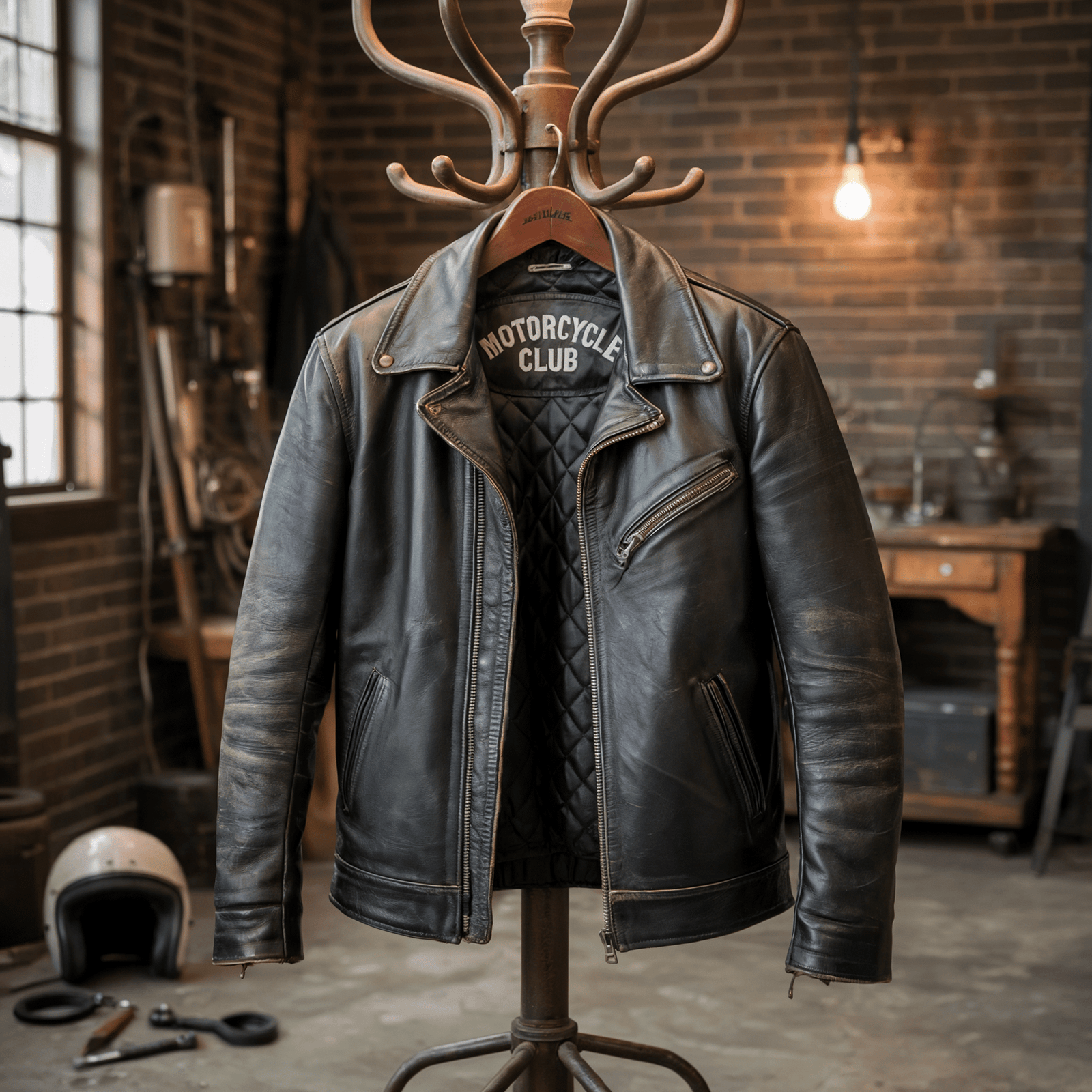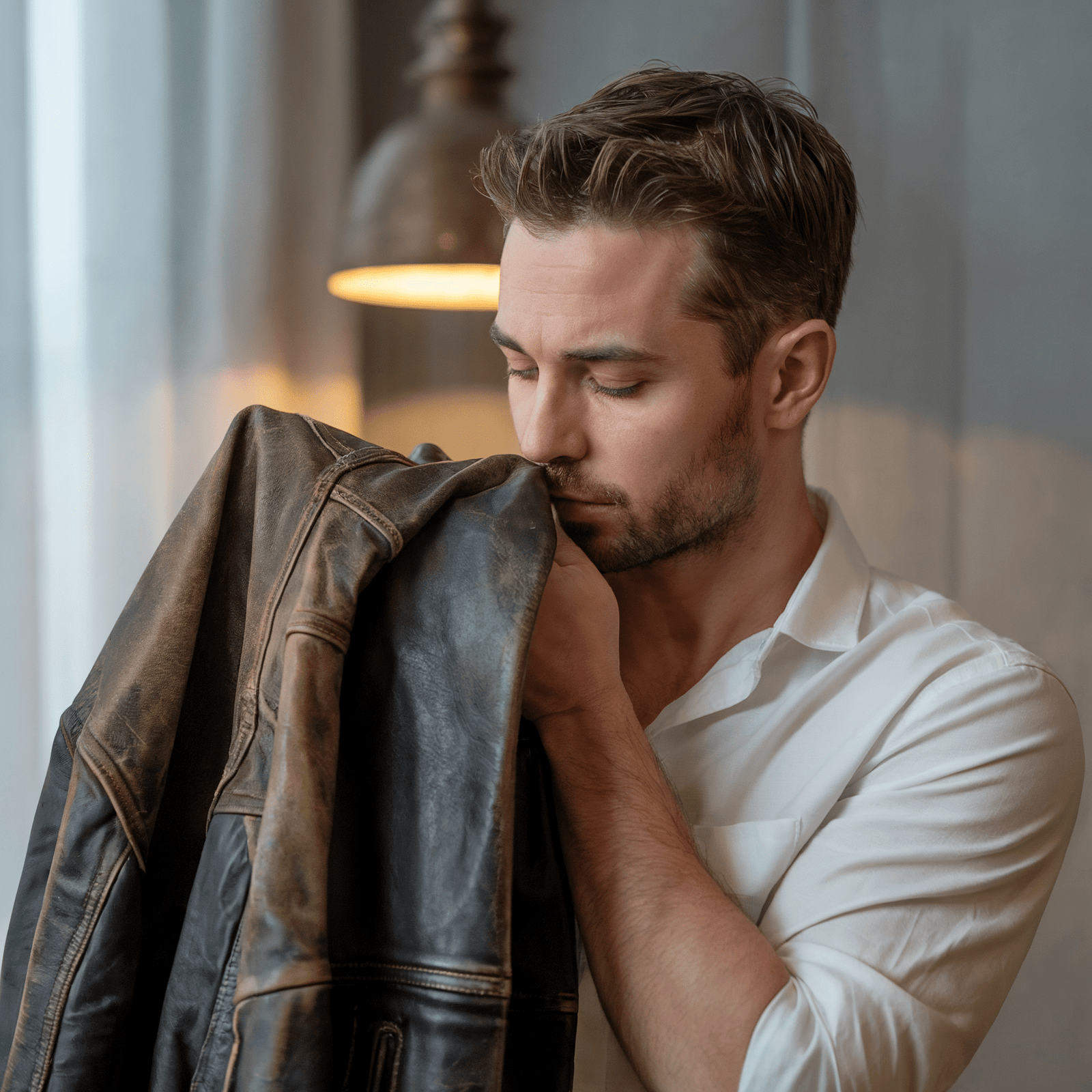Your Cart is Empty
HAPPY HOLIDAYS! SALE 10% OFF - USE COUPON HOLIDAYS AT CHECKOUT NOW!
Menu

HAPPY HOLIDAYS! SALE 10% OFF - USE COUPON HOLIDAYS AT CHECKOUT NOW!

What is Bonded Leather?
by Jennifer Smith May 17, 2025 5 min read
Key Takeaways:
- Bonded leather is made by combining leather scraps with adhesives and a polyurethane coating to mimic the look of real leather.
- Bonded leather is commonly used in furniture and accessories, but it tends to peel and crack within a few years.
- If you want a longer-lasting option, consider top-grain leather or high-quality faux leather for a more durable choice.
The demand for leather-like products is huge. Many people love the look and feel of leather, but can’t always afford the high price tag that comes with top-tier leather goods. To meet this demand, manufacturers have created affordable alternatives that mimic the appearance of real leather. One of these alternatives is bonded leather.
In this article, we’ll define what bonded leather is, its pros and cons, and how it compares to other materials like real leather and faux leather.
What is Bonded Leather?
Bonded leather is a material that sits at the lower end of the leather quality spectrum, coming after full-grain, top-grain, corrected-grain, suede, and bi-cast leather. It’s a popular choice for budget-conscious shoppers, but it’s important to understand what you are getting. Learn more about the different leather grades here.

What Does Bonded Leather Mean?
The term “bonded leather” might sound fancy, but it’s actually quite simple. Think of it as a “recycled” leather product. It’s made by taking leftover leather scraps, grinding them into fibers, and then binding them together with adhesives and a polyurethane (PU) coating. The result is a material that looks and feels somewhat like real leather but is far less durable and long-lasting.
What is Bonded Leather Made Of?
Bonded leather is a mix of real and synthetic materials. Here’s the breakdown:
Leather scraps:
These are the leftover bits from the production of higher-quality leather goods.
Adhesives:
Used to bind the leather fibers together.
Polyurethane (PU) coating:
A synthetic layer is added to the surface to give it a smooth, leather-like finish.
The leftover scraps are ground into a pulp along with the adhesives. This blended leather is then spread onto a fabric backing and left to air dry. After that, a PU coating is applied to the surface. This creates a material that has leather like texture but lacks its natural strength and durability.
Is Bonded Leather Real Leather?
If you see a bonded leather product, the finish and look might make you think about whether smooth bonded leather is real leather or not.
This is where things get tricky. Bonded leather does contain real leather fiber content, so technically, it’s not 100% synthetic. However, it’s not considered “real leather” in the traditional sense. It’s more accurate to call it reconstituted leather, as it is a blend of real and artificial materials. While it may look like actual leather, it doesn’t have the same qualities, such as durability, breathability, or aging gracefully.
Bonded Leather vs Other Types of Leather
Now that you know the definition of bonded leather, an analogy of real leather vs bonded leather vs faux leather will help you understand where bonded leather fits in.
Bonded Leather vs Full Grain Leather
Full-grain leather is the highest quality leather you can buy. It’s made from the top layer of the hide and retains all its natural imperfections, making it strong, durable, and unique. Bonded leather, on the other hand, is a patchwork of scraps and synthetic materials. While full-grain leather can last decades, bonded leather typically wears out much faster.
Bonded Leather vs Genuine Leather
“Genuine leather” is a broad term that refers to any product made with real leather. The term is used for leather whose top layer is sanded and often embossed with artificial grain (also known as corrected grain leather). It’s lower in quality than full-grain or top-grain leather. Bonded leather is technically a type of genuine leather, but it’s the lowest grade. It lacks the durability and feel of higher-quality leather and is more prone to peeling and cracking.
Bonded Leather vs Faux Leather
Faux leather, also known as synthetic leather or PU leather, is made entirely from artificial materials like polyurethane (PU) or PVC. Bonded leather, while containing some real leather fibers, is closer to faux leather in terms of durability and performance. Both are affordable alternatives to real leather, but neither will last as long or develop the same patina over time.

Uses of Bonded Leather
Bonded leather is commonly used in furniture, especially sofas, chairs, and upholstery. It’s also found in accessories like wallets, book covers, and low-cost fashion items. Its affordability makes it a popular choice for manufactured upholstery materials and products where appearance matters more than longevity.
Bonded Leather Sofa or Different Types of Furniture
Bonded leather couches and sofas are a common sight in budget-friendly furniture stores. Furniture manufacturers use bonded leather for furniture as it offers the look of leather at a fraction of the cost. However, bonded leather furniture is prone to peeling and cracking. You can observe that the high-use areas of a reconstituted leather sofa like armrests and seat cushions peel quickly.
Is Bonded Leather Durable?
Unfortunately, bonded leather is not known for its durability. It typically lasts 2-5 years with regular use, compared to decades for higher-quality leathers. Factors like exposure to sunlight, heat, and friction can accelerate wear and tear.
How to Maintain Bonded Leather Products
To extend the life of bonded leather products, keep them clean by wiping them with a damp cloth and mild soap. Unlike real leather, bonded leather doesn’t benefit much from conditioning, so use leather conditioner sparingly.
FAQS:
What Is Bonded Leather?
Bonded leather is a material made from leather scraps bonded together with adhesives and coated with polyurethane.
How Long Can Reconstituted Leather Last?
With proper care, bonded leather can last 2-5 years, but it’s not as durable as real leather.
Can Bonded Leather Be Fixed If It Gets Damaged?
Minor damage can sometimes be repaired, but peeling and cracking are often irreversible.
Does Bonded Leather Peel Over Time?
Yes, peeling is a common issue, especially in high-use areas. The adhesives used to bind the leather scraps together can degrade over time, especially with exposure to heat, moisture, or cleaning chemicals. As the glue weakens, the material loses its structural integrity, leading to peeling or flaking.
Is Bonded Leather Soft Or Hard?
While it may feel soft and look good at first, the synthetic components and weak structure of bonded leather fiber sheet make it prone to deterioration over time.
What Is Bonded Leather Typically Used For?
It’s commonly used in the furniture industry and low-cost fashion items.
Final Thoughts: Is Bonded Leather a Good Choice?
Bonded leather is a good option for those on a tight budget who want the look of leather without the high cost. However, it’s not the best choice for long-term use or high-traffic areas. If you want greater durability and authenticity, opt for top-grain leather or high-quality faux leather, as both outperform bonded leather and imitation leather in longevity.
Leave a comment
Comments will be approved before showing up.
Also in Blog | Leather Skin Shop

Types of Sleeves in a Leather Jacket
by Jennifer Smith August 24, 2025 6 min read
The different types of sleeves shape the shoulder, control the movement, and change how the leather jacket looks in motion. There are various types of sleeves, such as cap sleeves, bell sleeves, raglan sleeves, and more.

How to Get Smell Out of Leather Jacket?
by Jennifer Smith August 08, 2025 4 min read
Over time, a leather jacket can smell like sweat, mildew, or smoke. But do not worry, there are safe, proven ways to get rid of those unpleasant smells at home.

What Is A Trench Coat
by Jennifer Smith August 02, 2025 6 min read
A trench coat is a long, lightweight outerwear piece designed to protect against wind and rain. Its defining features include a double-breasted front, a belted waist, wide lapels, and often epaulets and a storm flap.
Leather Jackets for Men
Leather Jackets for Women
Accessories for Men & Women
Recent Articles
- Types of Sleeves in a Leather Jacket
- How to Get Smell Out of Leather Jacket?
- What Is A Trench Coat
- What Is A Peacoat Jacket?
- What is Polyester Fabric?
- What is Satin Fabric?
- What is Shearling Leather?
- Varsity Jacket Or Letterman Jacket? Everything You Need To Know Before Buying
- What is Semi Aniline Leather?
- What Is Cotton Fabric?
Size Chart